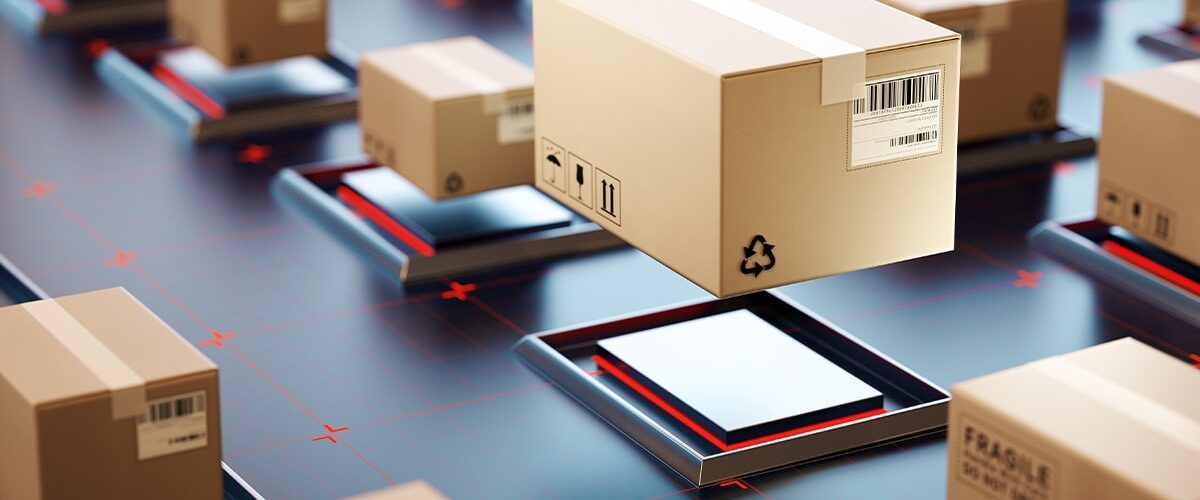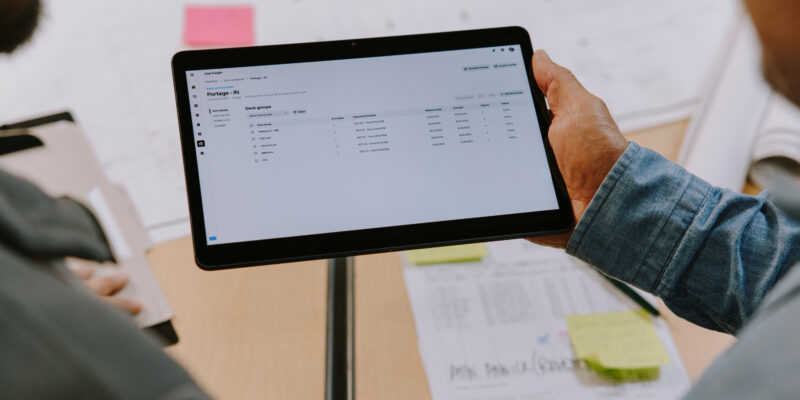How Uber Freight’s Acquisition of ScanData Relieves Last-Mile Delivery Disruptions

By: Wes Breyfole, SVP, Parcel Solutions
As consumers embrace ecommerce shopping, supply chain and logistics leaders have a renewed focus on last-mile delivery strategies. Before the pandemic, Frost & Sullivan estimated that global logistics spending would grow beyond $10.6 trillion annually by 2020, with last-mile distribution accounting for an estimated $3 trillion of that spend.
The COVID-19 stay-at-home response created an unexpected surge in consumer demand and expectations. Retailers are scrambling to compete for a smoother delivery experience including faster fulfillment, transparency and cost reduction.
When deliveries fail to reach the intended recipient on the first attempt, there are increased costs and decreased customer satisfaction. Stepping up to meet these challenges, parcel delivery startups, commercial fleets and ride-share companies are turning to technology partners to help build in visibility and efficiency. For many retailers, this means managing a complex mix of 3PLs, fleets, crowd-sourced and other delivery models to serve their customers.
With Uber Freight’s acquisition of ScanData and integration of their Parcel Transportation Management Solution (PTMS) with Uber Freight’s industry leading TMS, shippers and logistics leaders can reduce the complexity and disruptions of last-mile delivery.
Last-Mile Delivery Challenges
When a consumer order is placed, the parcel might go through many stages of production and warehousing before being distributed and delivered to hundreds or thousands of individual addresses, each with its own route.
While the last mile continues to evolve to meet industry trends and consumer demands, it is the most inefficient stage in the supply chain. Next-day and same-day delivery, at a reasonable cost, expectations by customers is on the rise. In response, logistics leaders are getting creative to deliver transparently, quickly, and, with continued concerns for safety, touchless.
The COVID-19 shutdown strained supply chains as shippers attempted to forecast demand, meet demand despite manufacturing delays, manage inventory levels and make the switch to no-contact deliveries. Even prior to the pandemic, delivery drivers faced traffic and often struggled to locate, gain access to or park near delivery addresses. A study in the Seattle area, for example, found that looking for tenant locations accounted for 61% of overall delivery time.
The inability to deliver a single parcel the first time can offset the gains of many efficiently planned deliveries. Reducing failed delivery attempts and creating a more efficient last-mile delivery strategy can cut logistics costs, improve customer satisfaction and increase brand loyalty.
Last-Mile Delivery Strategies with Uber Freight and ScanData
A technology-driven last-mile delivery solution for shippers will be flexible, data-driven and focused on the customer experience. An effective last-mile delivery strategy includes the means to:
- Identify existing gaps and optimize the operational workflow
- Form strategic alliances with other shippers to expand the reach of networks and utilization of unused capacity
- Re-route shipments as needed, such as Alternate Delivery Locations, where customers can pick up their deliveries faster from other designated locations
Uber Freight and ScanData are implementing this strategy through the integration of Uber Freight’s industry-leading TMS and ScanData’s powerful PTMS. With this integration, the last mile is optimized, and operational efficiency is improved through:
Increased Supply Chain Visibility and Route Optimization
With Uber Freight’s real-time supply chain visibility and ScanData’s service disruption handling, shippers gain access to a comprehensive, graphical view of all shipments, dynamic dashboards of key performance indicators and predictive analysis. These include weather, traffic and other shipping restrictions such as COVID-19 location impact. Drive time and mileage can be reduced as artificial intelligence and machine learning further improve routes.
Carrier Flexibility and Expanded Supply Chain
To aid in managing complex multi-modal options, ScanData’s integration expands carrier relationships to include Uber Freight’s more than $11 billion in freight-under-management. Multi-carrier rate shopping and zone skipping allows shippers to have consolidation options to optimize fulfillment of customer orders.
Reporting and Analytics
Analytics drive down costs and isolate cost-impacting factors across shipments. With an actionable Business Intelligence dashboard, active performance monitoring, historical and custom reports, the total cost of last mile delivery logistics is reduced as waste is removed from the network.
Reduce Last-Mile Delivery Disruptions and Improve Customer Experience
The increased adoption of PTMS technology reduces last-mile delivery disruptions and improves customer experience. ScanData’s shipping status, alerts and tracking, as an example, meet customer demand for increased visibility of their orders. With supply chain transparency, shippers and retailers can more easily manage their expanding options for last-mile delivery and build trust and loyalty with customers through an enhanced delivery experience.
Has your last-mile delivery strategy been affected by COVID-19?



